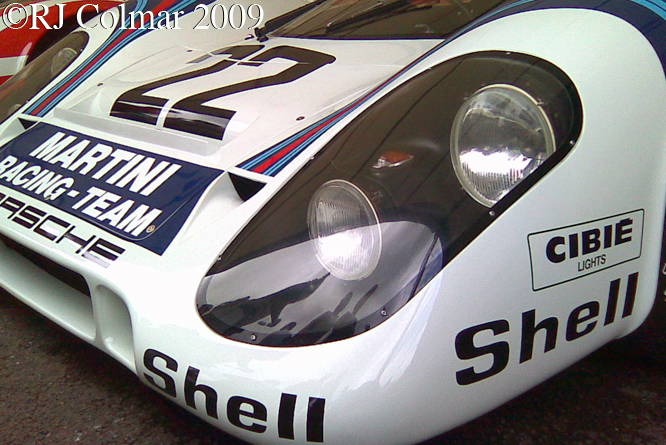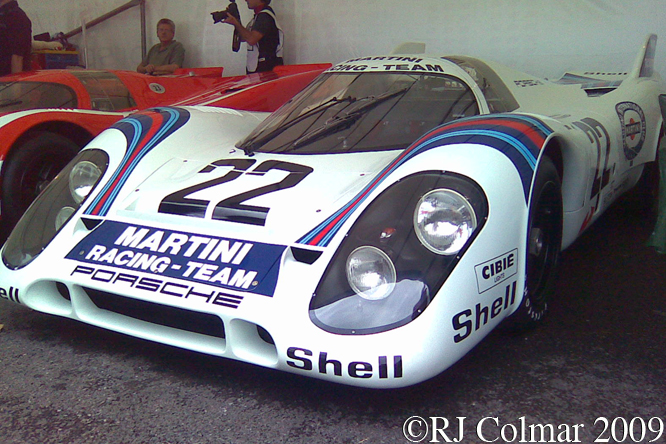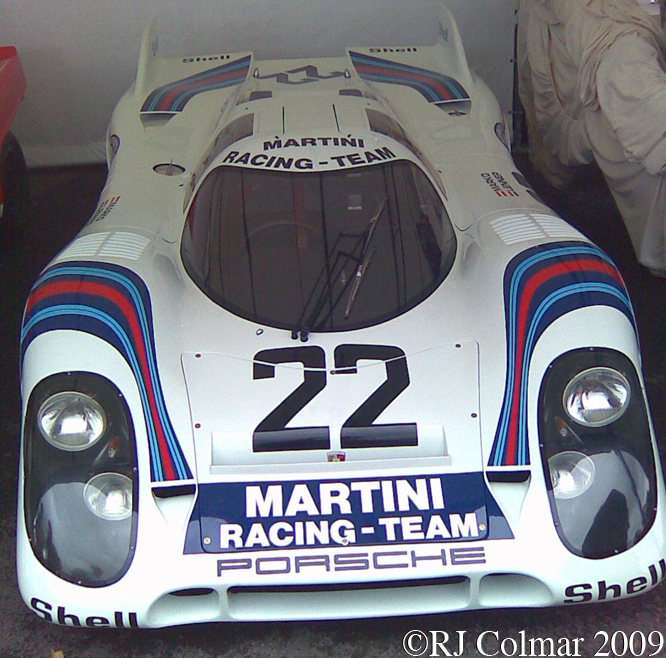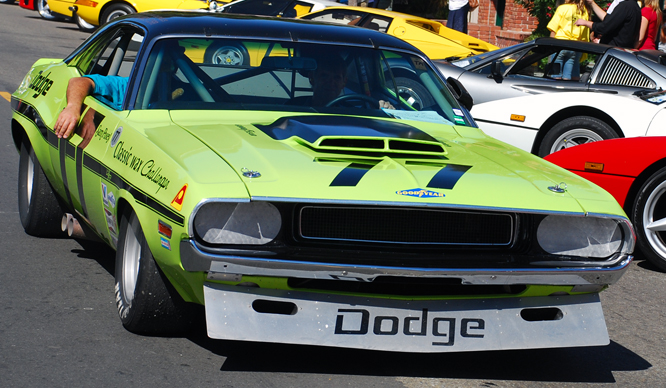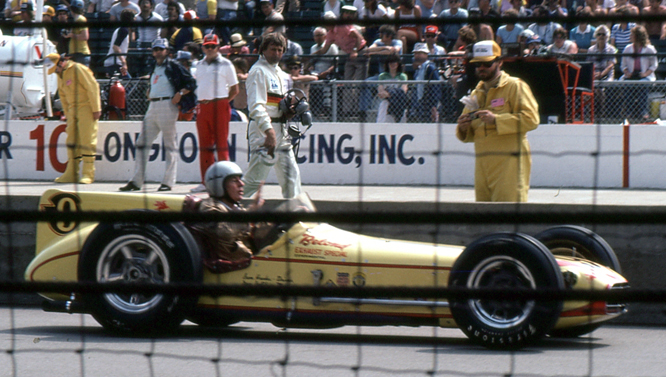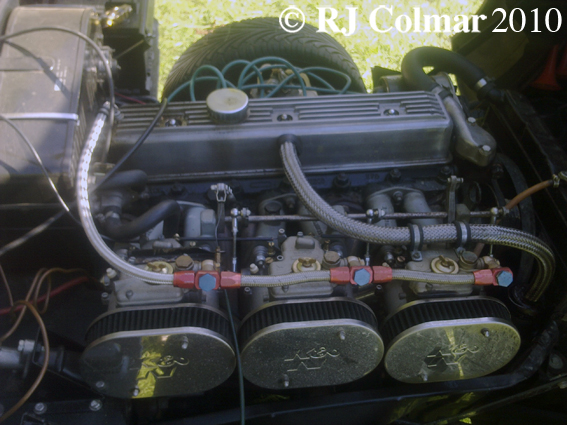Back at the end of the 1960’s and early 1970’s in order to compete in the SCCA sanctioned Trans Am series of road races potential entrants had to show that they had manufactured, or in the case of the Challeger T/A Dodge had to show they intended to manufacture 2,400 similar units for ‘civilian’ use.
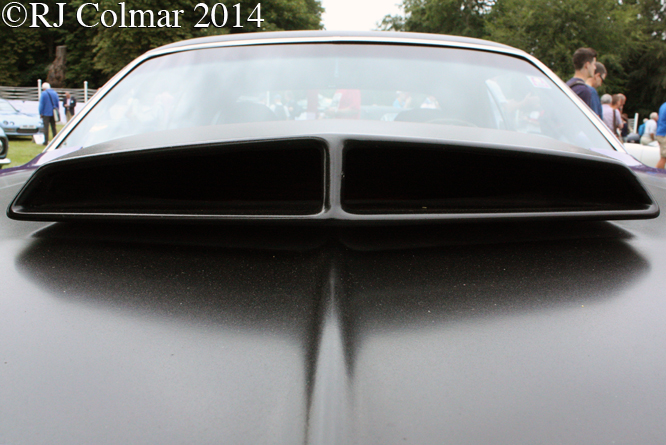
In May 1969 a Chrysler product planner conceived the Dodge Challenger T/A as an option pack that could be fitted in the build of new cars or retro fitted by dealers to existing 1970 Challengers which had a new second generation body designed by Carl Cameron.
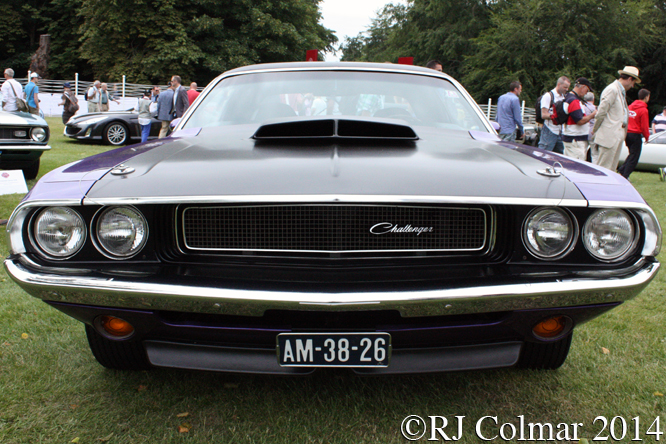
The T/A spec, also known internally at Dodge as the A53, was first seen in February 1970 by which time Pontiac has launched the “Trans Am” forcing Dodge to opt for the T/A abbreviation. The T/A spec featured a pair of front spoilers which were optional unlike the rear fibreglass spoiler on the boot / trunk lid.
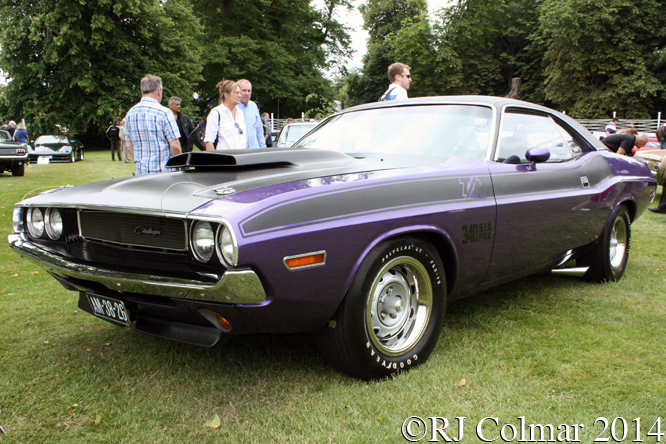
The, matt black only, T/A bonnet / hood was also made from fibre glass and was fitted with lighter hinge springs and pins at the front to keep it shut at speed. The large airscoop only directed air into the engine bay unlike the shaker hood on the 395hp six pack 440 Magnum which was attached to the 3 twin barrel carburetors and fed air directly into the throttle bodies.
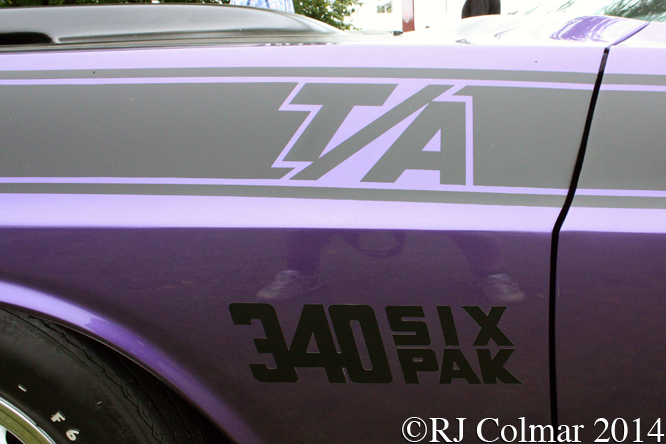
Trans Am regulations mandated a maximum engine size of 5 litres / 305 cui and Dodge had Power Boat legend and Drag race engine Keith Black prepare small block 303 cui motors for the Classic Wax sponsored Challenger race cars, but the SCCA appear to have been happy to see the T/A spec civilian cars run with small block 340 cui / 5,571cc motors fitted with 3 Holley twin barrel carburetors which combined to produce between 290 and 320 hp depending on whom one was talking to and to what purpose.
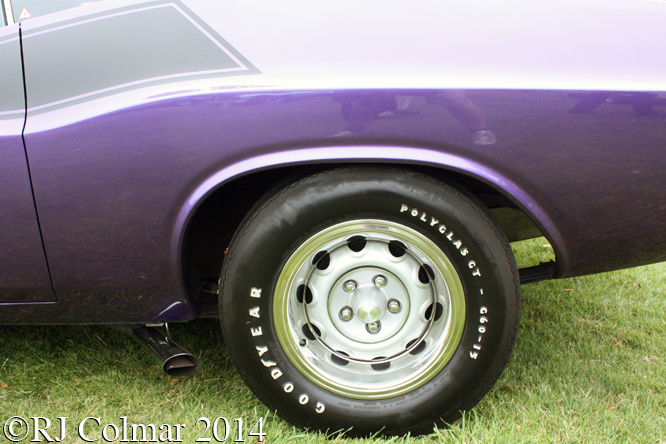
The Challenger T/A had an unusual stance thanks to the 15 inch front wheels being fitted with F60 size tyres at the front and wider taller G60 tyres at the rear. This was the first US car for civilian use to be fitted with different size tyres front and rear and is said by some to have contributed to the cars tendency to understeer / push.
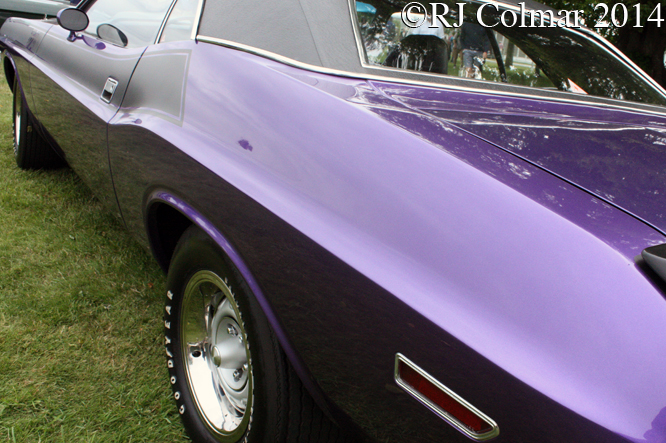
A53 cars ran a normal exhaust to the silencer muffler but it then curved round to exit through “low restriction” megaphones ahead of the rear wheels instead of running to the rear as per all other 1970 Challengers.
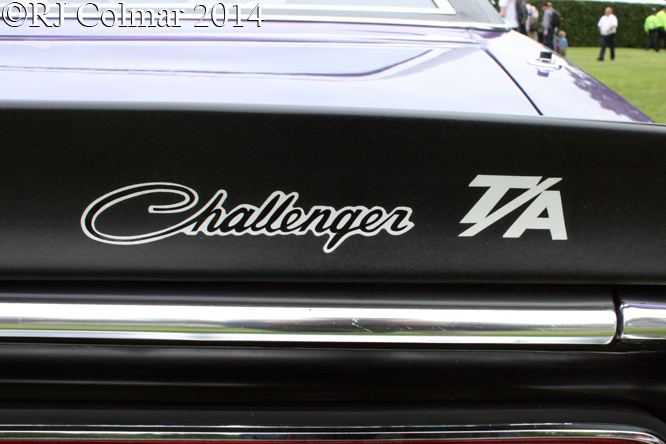
Civilian A53’s were also the only Challengers to have an aerial mounted on the rear passenger side, this was so as to minimise radio interference from the motor which was now running only beneath a fiber glass hood.
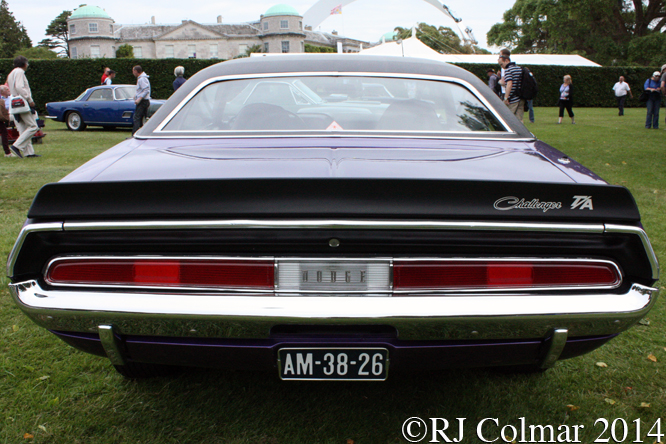
With an other wise stock interior, one T/A also had a sunroof a T/A could cover a 1/4 mile in 14 secs having reached 60 mph in six seconds slower than the big block 440 Magnum and Hemi Challengers but, due to their lighter weight, a little more agile in the corners thanks to a fast ratio steering rack with optional power assistance designed for ‘sports car driving’, improved suspension and all wheel disc brakes, though this was all compromised by the smaller F60 front tyres.
The Challenger T/A was available only in 1970 because Dodge decided to withdraw from Trans Am after Sam Posey finished 4th in the Trans Am championship without scoring any wins.
Some sources say in all from late March 1970 to Mid April 1970 just 1,500 Challenger T/A’s were completed 989 with automatic transmission and the remainder with 4 speed manual while others say 2,399 units were built without splitting the auto and manual transmission numbers. If you know which is correct don’t be afraid to chip in below.
Thanks for joining me on this “A53 For Civilians” edition of “Gettin’ a li’l psycho on tyres” I hope you will join me again tomorrow. Don’t forget to come back now !


